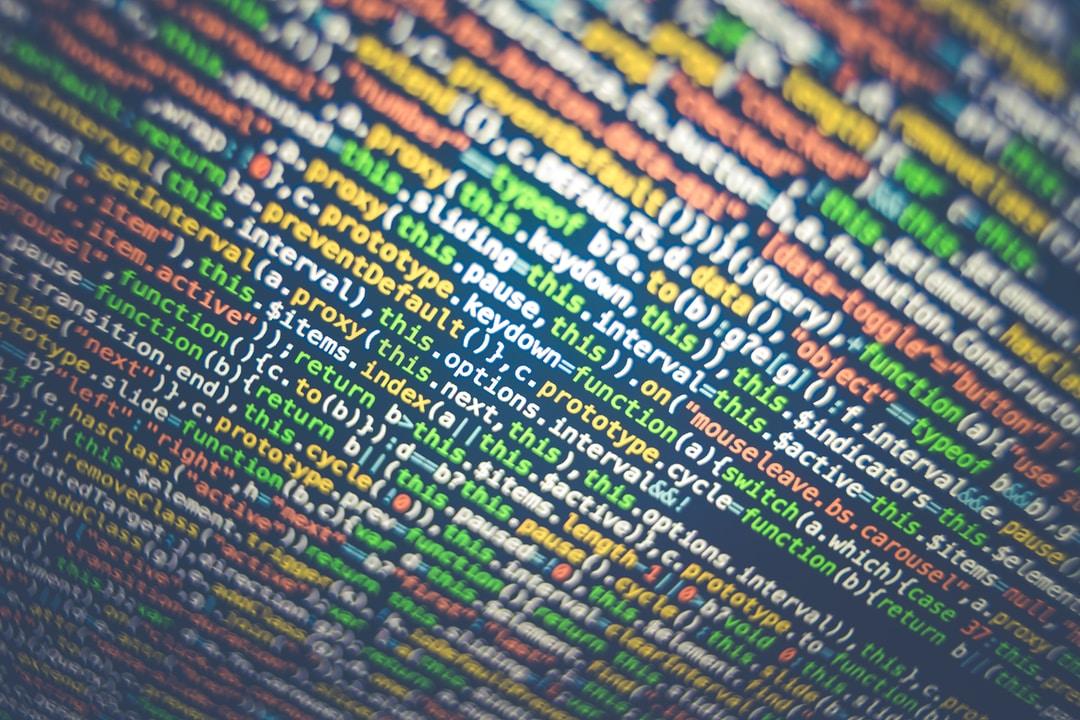Doing taxes can be a bit demanding for those who aren’t knowledgeable. We’ll often rely on tax experts to provide a significant level of tax advice needed to file our annual tax returns. Fortunately, there are tools that can help you and those experts out when filing online taxes.
Machine learning is an artificial intelligence tool that is making online taxes more accurate. We’ll dig a bit deeper into how this is occurring.
Machine Learning Defined

To determine how machine learning is making online taxes more accurate, it helps to first know what machine learning is. When people speak about machine learning models, they’re focused on the study of computer algorithms that can help improve automatically through experience. Machine learning can also help by using these datasets to command the same results. Some people see a machine learning model as being representative of AI (artificial intelligence).
Through this method of learning, pattern recognition and reinforcement learning are a part of the deep learning model. The process involves a method of dataset analysis that automates analytical model building. As mentioned before, this artificial intelligence network is based on the idea that various systems in the computer science field can learn from data. This system can also help identify patterns and make decisions with little to no human intervention.
Machine learning can be used in many instances. This includes the operation of autonomous vehicles, medical diagnoses, data sciences, predictive analytics, extraction, speech recognition, and other venues where data sciences are incorporated. The four pillars of machine learning that are utilized in each of the above examples include tracking, automation, DevOps, monitoring, and reliability. Many concepts that are found in each of these pillars include ideas such as neural networks, pattern recognition, principal component analysis, and independent variables. These essential properties assist the artificial intelligence-powered tool to provide users with their desired output.
Key Data Extraction
https://media2.giphy.com/media/26tn33aiTi1jkl6H6/giphy.mp4?cid=d180a633jrqkz49l1onuzh7b1sl0bs21szotjwzh8s3l7au5&rid=giphy.mp4&ct=g
Machine learning has helped people when they utilize such tax software as Turbo Tax during tax season. A TurboTax expert will be a point of contact for a person when they are going through the tax preparation process. Using this esteemed tax preparation software, a tax preparation provider will utilize machine learning in a variety of ways. One way that machine learning helps with making online taxes more accurate is through the extraction of key datasets.
With machine learning, the process of analyzing tax documents, by also identifying the sender and defining the useful information, can be accelerated. This also involves the input of relevant unlabeled data into the tax software. This helps tax experts provide the best tax advice to their customers by focusing on three main foundations. These include classification, taxonomy, and data extraction. By focusing on extracting these key datasets, the online taxes completed by providers such as TurboTax are made more accurate. Machine learning using its artificial neural network helps with these online tax software activities.
Classification of Tax Sensitive Transactions

Another way that the machine learning model can be used to make online taxes more accurate is by helping to classify tax-sensitive transactions. When it comes to using the TurboTax desktop software through your online tax account, you are dealing with one of two tax classifications: the sales and property tax domains. Artificial intelligence tax solutions such as machine learning are helping to match products and services to one of these appropriate categories.
It also helps to improve the accuracy of tax calculations. This helps in ensuring that any TurboTax product guarantees that are provided by the tax preparation company are met. AI tax software products such as TurboTax Deluxe include product content databases that aid machine learning algorithms to identify and classify products. At the end of the process, this involves little to no human interaction with the preparation of your taxes and return. This shortens the time of research needed but increases the accuracy of dealing with these tax-sensitive matters.